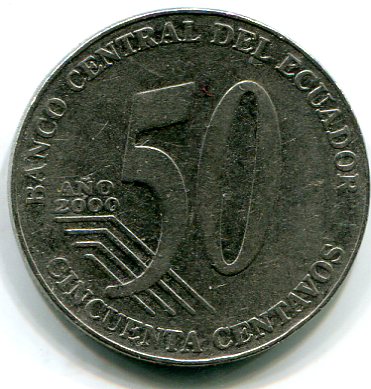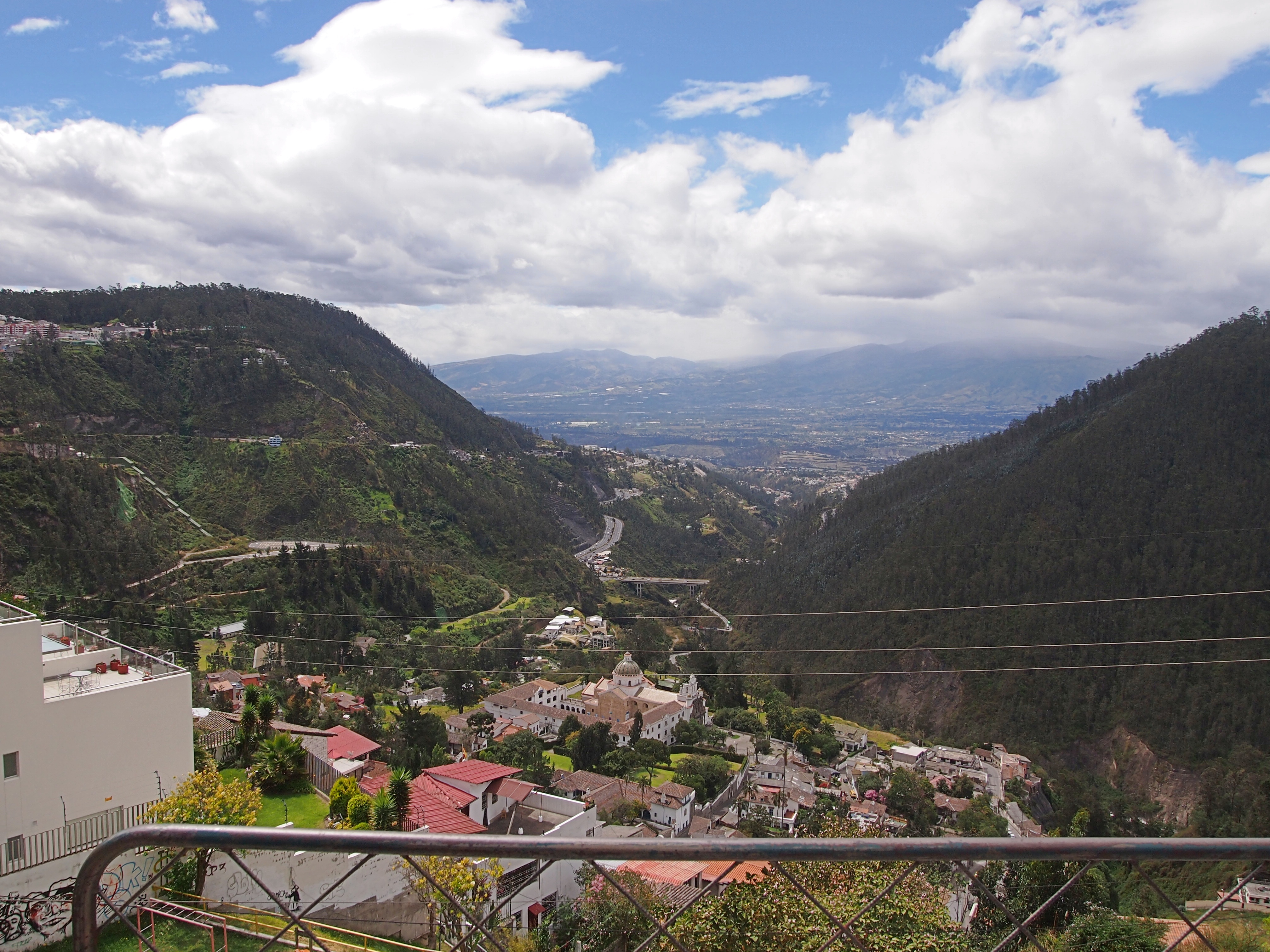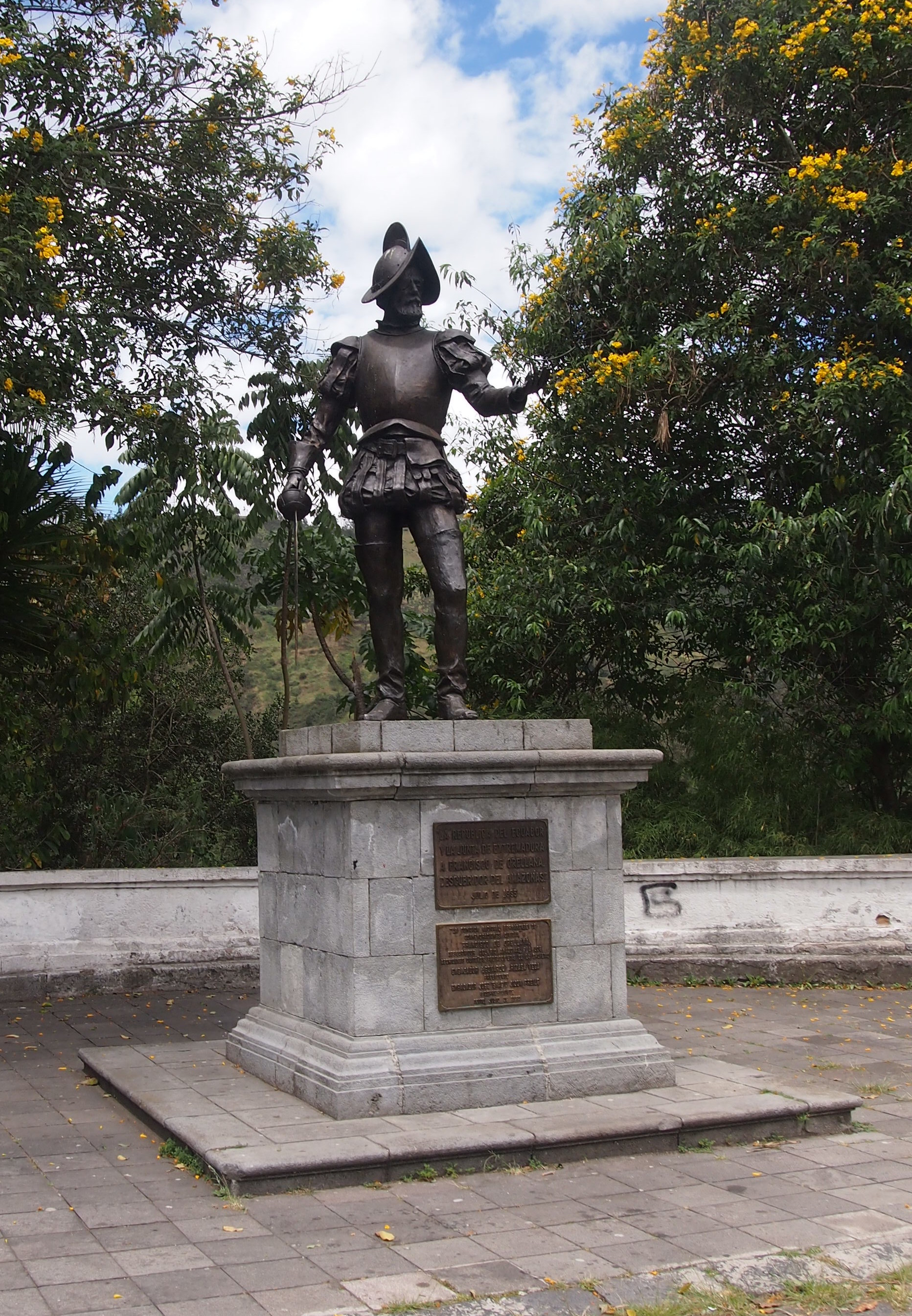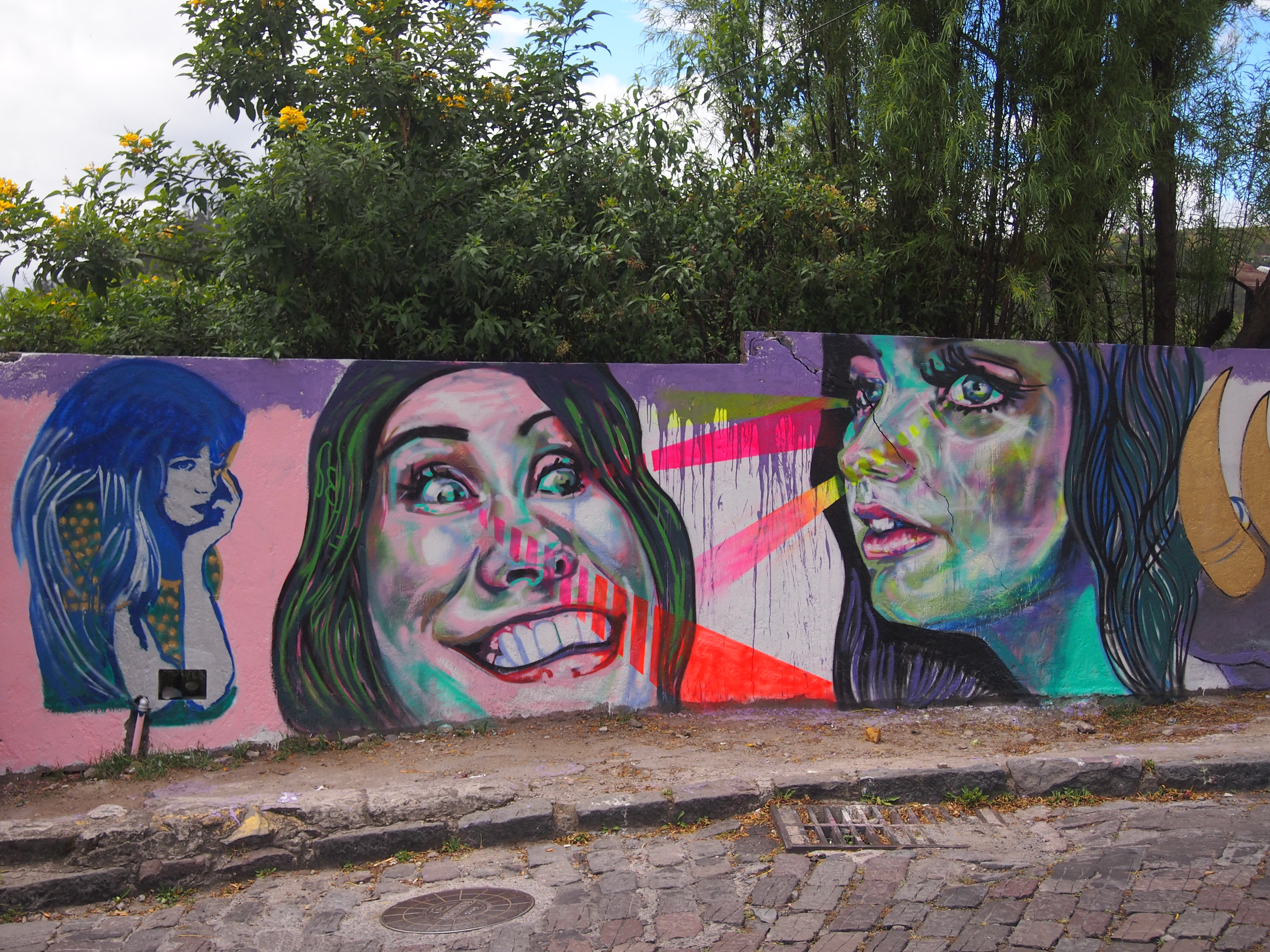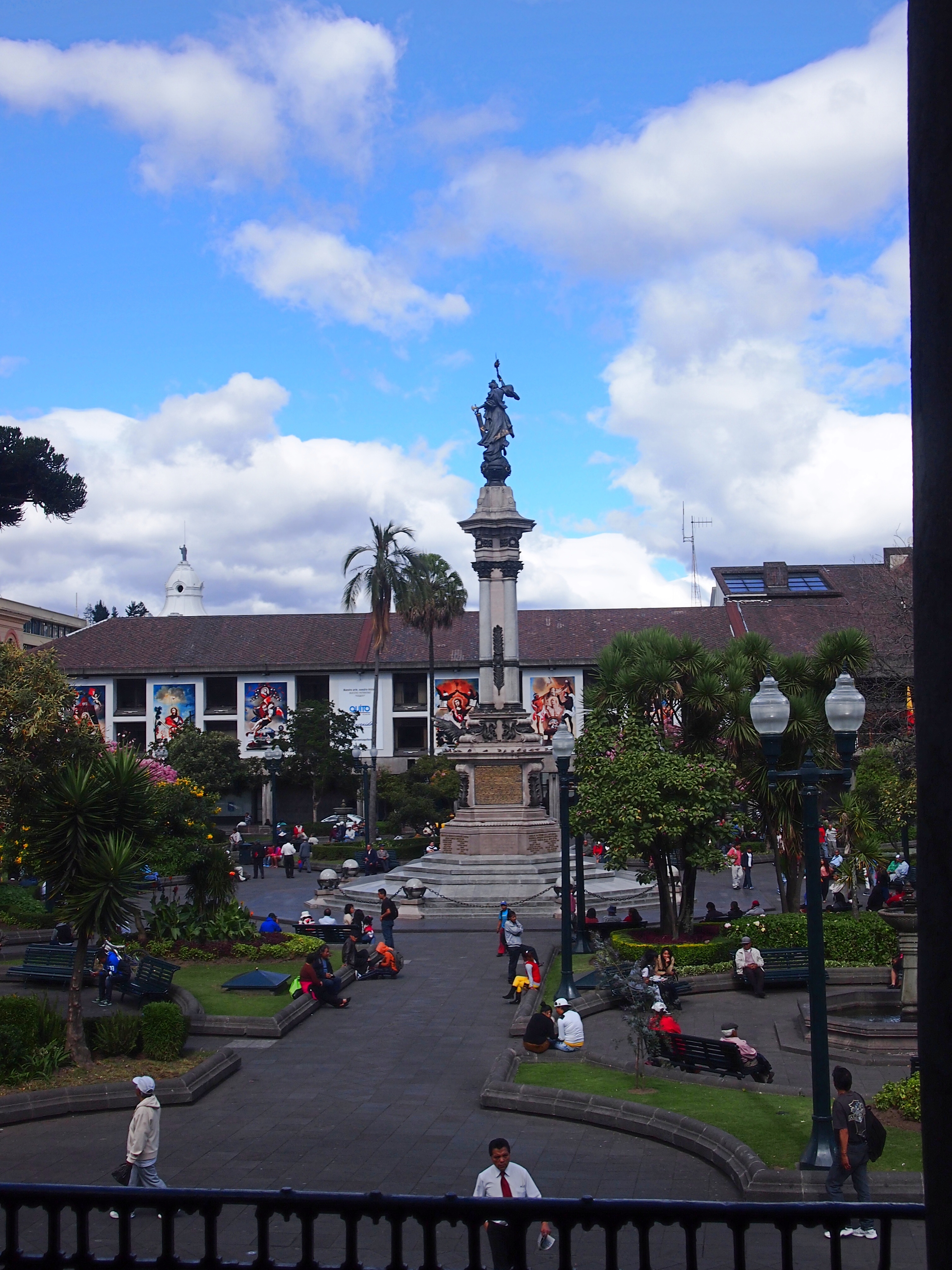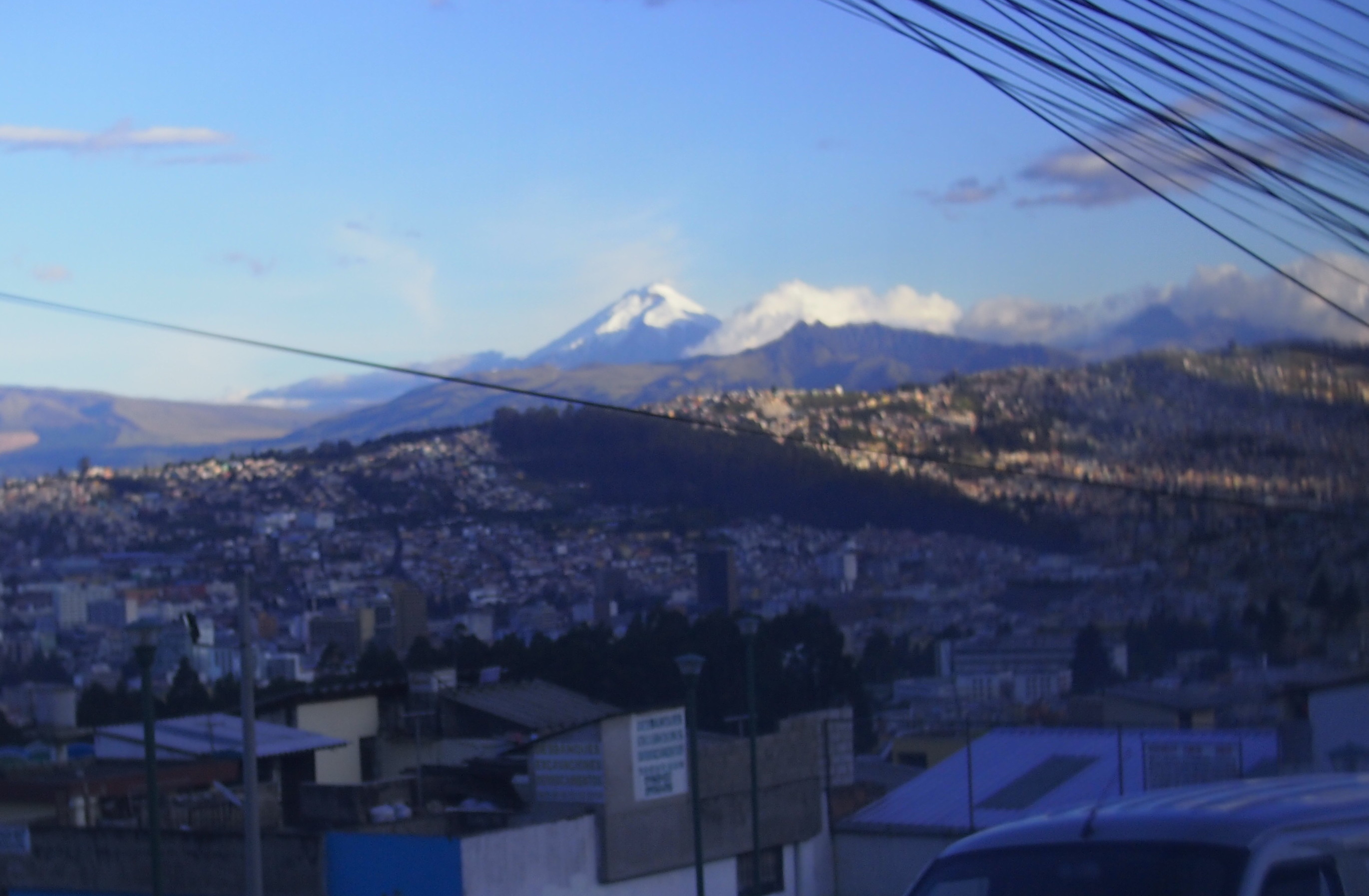Back to publishing around August 30. I might have a few new things to post about by then.
Distinctly cool last night, down toward 60 F., following heavy rains the night before, and cooler than usual today. That sometimes happens this time of the year. It’s to remind us of the long slide into ever colder temps, beginning soon.
Another marker of the passing of summer: peewee football players in our nearby park. For a while, baseball will be played and practiced there, too, but not for long.
I noticed the other day that Lilly has hung Ecuadorean and Panamanian flags on the wall in her room. She didn’t mention bringing them back, but I suppose she did. An interest in flags is no surprise.
She also brought back this picture from the tourist equator. Something to recall the summer of ’15 by.
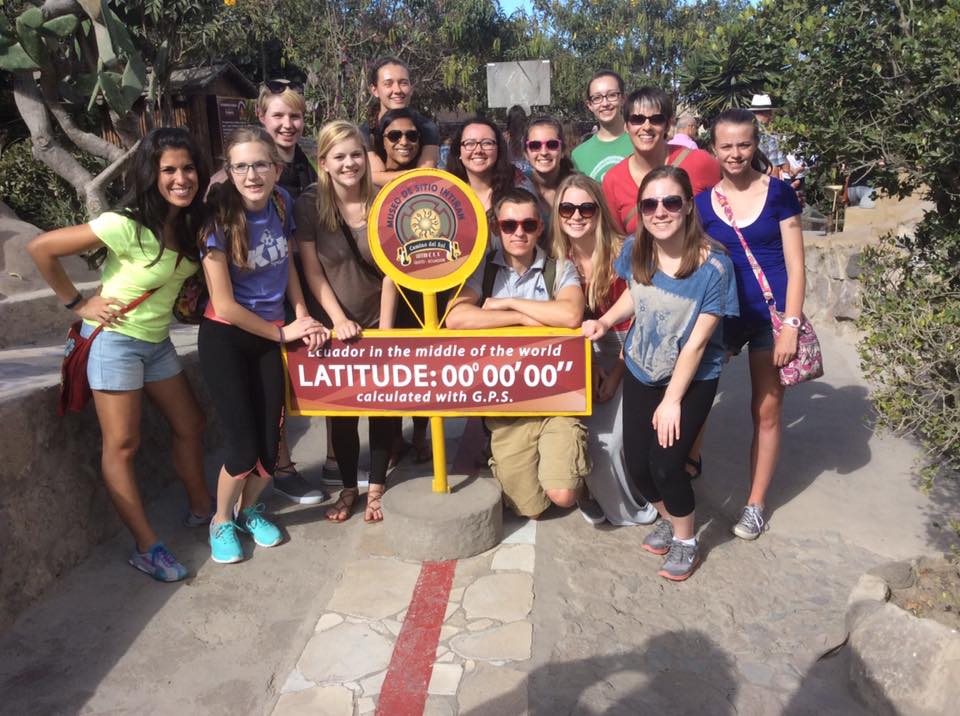 Naturally, I’m reminded of this picture (winter of ’94).
Naturally, I’m reminded of this picture (winter of ’94).
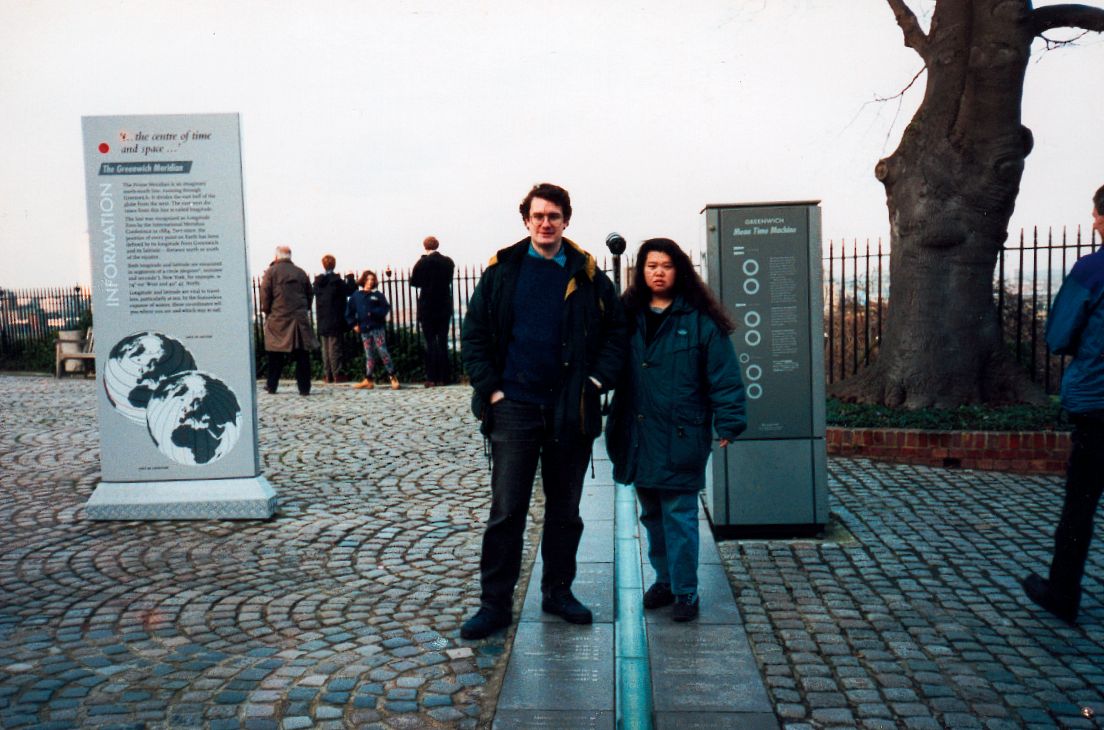 One of these days, Lilly will probably make it to the tourist prime meridian. I’ve less sure I’ll ever stand on the tourist equator. Enough to have crossed the actual line a few times.
One of these days, Lilly will probably make it to the tourist prime meridian. I’ve less sure I’ll ever stand on the tourist equator. Enough to have crossed the actual line a few times.
I watched Kelly’s Heroes (1970) on DVD the other day. Interesting movie: not quite a black comedy, nor anti-war movie, nor straight up war movie, but including elements of all those in a mostly successful blend. The stellar cast had a lot to do with that: Clint Eastwood, Telly Savalas, Donald Sutherland, Carroll O’Connor, even Don Rickles, all pretty much in their prime, though you could argue that Eastwood’s prime went on for a long time, petering out only around the time of his discussion with an empty chair.
Donald Sutherland’s character, never called anything but Sgt. “Oddball,” was the funniest of the lot, once you got past the palpable anachronism of him being a hippy tank commander in the U.S. Army of 1944. Pre-Archie Bunker Carroll O’Connor was the least effective, but he sure did chew the scenery in his relatively few scenes as an Army general.
Among the minor characters were a number of familiar faces, such as a barely pre-Murray Slaughter Gavin MacLeod, and an actor named Jeff Morris as Pfc. “Cowboy.” Turns out he later played Bob, the owner of Bob’s Country Bunker in The Blues Brothers.


